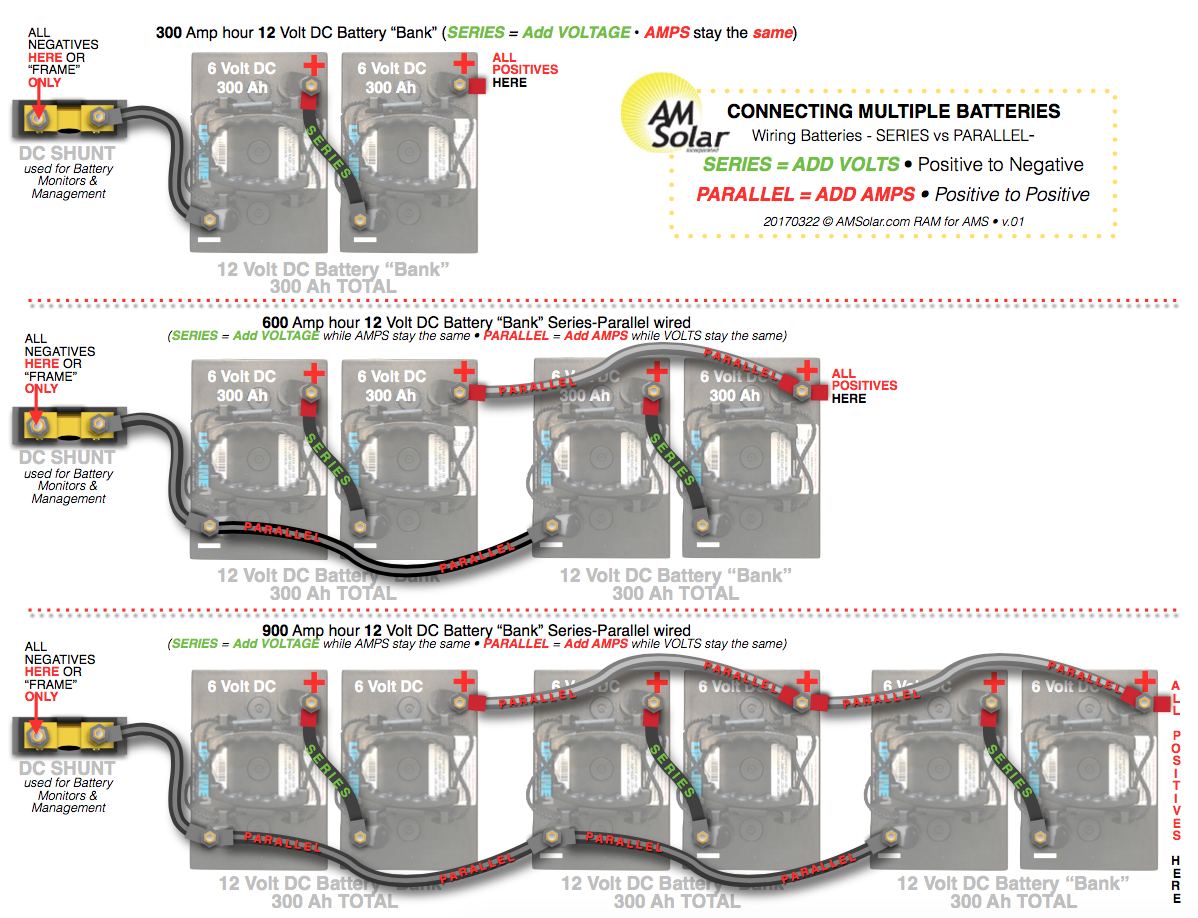Parallel wiring battery, also referred to as “parallel cell configuration,” is an electrical connection method where multiple batteries are joined together to create a single unit, with their positive terminals connected and their negative terminals connected. A common application of this configuration is in powering flashlights, where numerous cylindrical batteries are connected in parallel within the device’s housing.
Parallel cell configuration offers several advantages. It allows for increased current capacity compared to a single battery, which is crucial for applications requiring significant power output. Additionally, it enhances reliability by preventing a single battery failure from disrupting the entire system, as the other batteries can compensate for the loss of power. This configuration played a key role in the development of long-lasting and dependable power sources for a wide range of electronic devices.
This article delves into the detailed workings of parallel cell configuration, explores its benefits and limitations, and discusses its significance in various technological advancements throughout history.
Parallel wiring battery, also known as “parallel cell configuration,” is a type of electrical connection method where multiple batteries are joined together to create a single unit. Each battery’s positive terminal is connected to the positive terminal of the other batteries, and the negative terminals are connected in the same way. This configuration has several key aspects that are essential to understanding its function and applications.
- Current capacity: Parallel cell configuration allows for increased current capacity compared to a single battery, which is crucial for applications requiring high power output.
- Reliability: Parallel cell configuration enhances reliability by preventing a single battery failure from disrupting the entire system, as the other batteries can compensate for the loss of power.
- Voltage: The voltage of a parallel cell configuration is the same as the voltage of each individual battery.
- Energy capacity: The energy capacity of a parallel cell configuration can be calculated by multiplying the energy capacity of a single battery by the number of batteries connected in parallel.
- Efficiency: Parallel cell configuration is a highly efficient method of connecting batteries, as it minimizes energy losses due to internal resistance.
- Cost-effectiveness: Parallel cell configuration is a cost-effective way to increase the current capacity and reliability of a battery system.
- Applications: Parallel cell configuration is used in a wide range of applications, including flashlights, power tools, and electric vehicles.
- History: Parallel cell configuration has been used for over a century, and it continues to be an important method of connecting batteries in various applications.
These key aspects of parallel wiring battery are interconnected and play vital roles in determining the overall performance and functionality of the configuration. Understanding these aspects is crucial for effectively designing, implementing, and maintaining parallel cell configurations in various applications.










Related Posts








